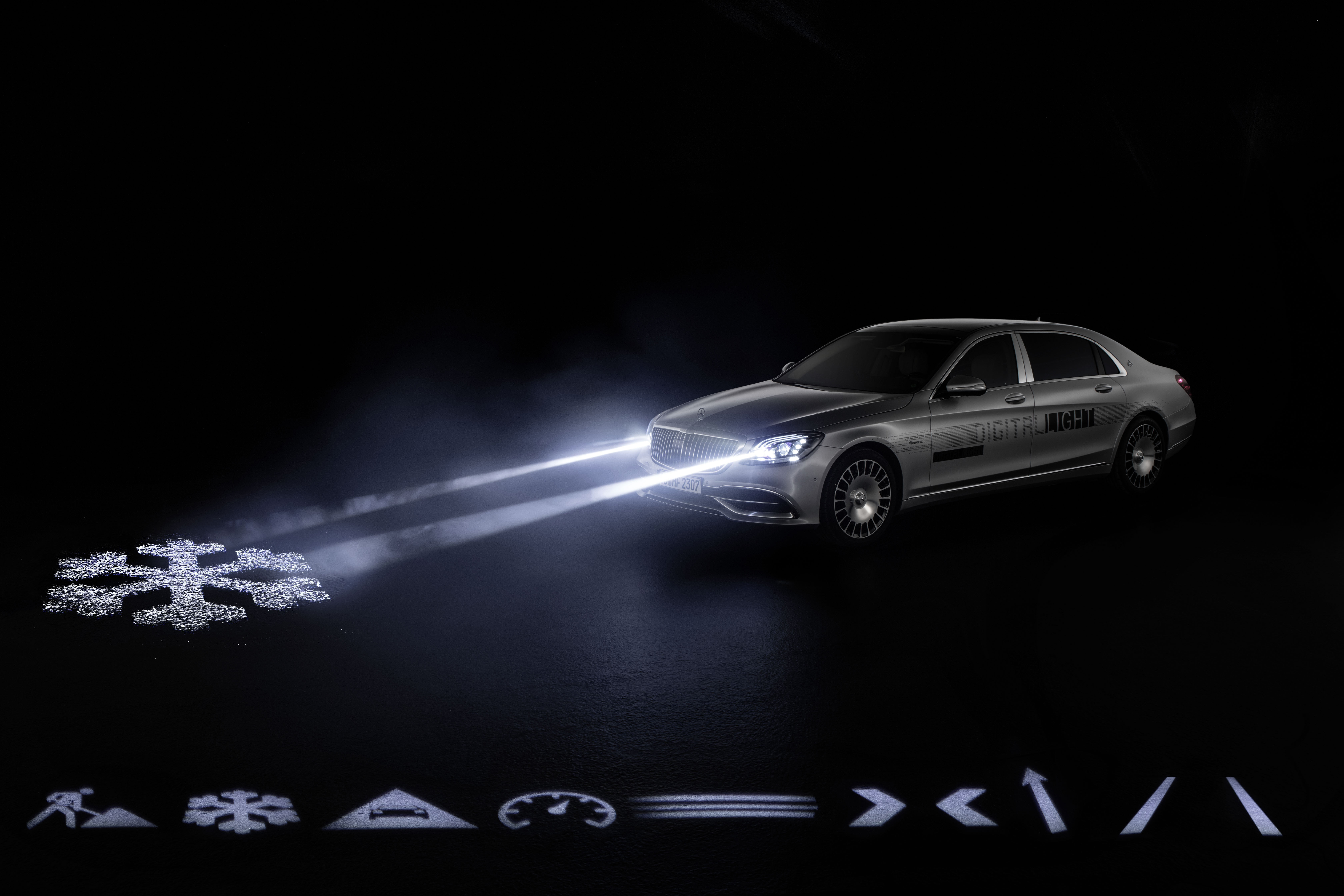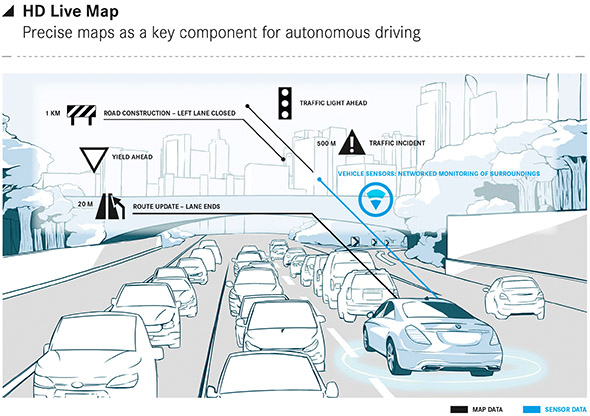Technology
ETS and 4-ETS

The Electronic Traction System Intervenes if one of the drive wheels begins to spin. In contrast to the automatic locking differential (ASD), ETS is active over a wider speed range. Brake pressure is applied specifically to the spinning wheel, so improving traction.
The system intervenes at speeds up to 40 km/h//25 mph and during acceleration remains activated up to 80 km/h//50 mph. During extremely long braking operations the ETS shuts off automatically to prevent overheating of the brakes.
Mercedes-Benz M-Class 4ETS system
MB’s claim, 4 ETS would stop spinning wheels and direct all available torque (up to 100%) to the wheel(s) with traction, does not hit the nail on the head. Due to 4 ETS intervention, after a brief moment of traction loss, spinning wheels are slowed down and the differentials will again distribute a higher amount of torque to all four wheels.
If only one wheel has traction it receives 25% of the available torque. 75% of the torque is transformed into heat.
If two wheels have traction, they receive 50% of the available torque. 50% of the torque is transformed into heat.
If three wheels have traction, they receive 75% of the available torque. 25% of the torque is transformed into heat.
More about traction loss and 4ETS 4ETS and ESP have different goals:
4ETS keeps you moving, while ESP keeps you moving in the direction you intended the vehicle to go.
Courtesy of: 4x4abc.com







